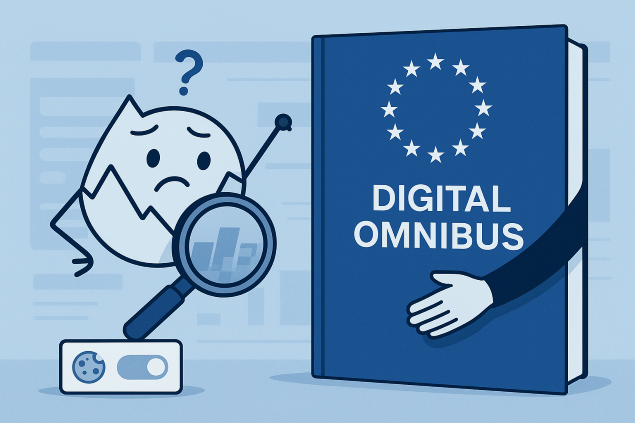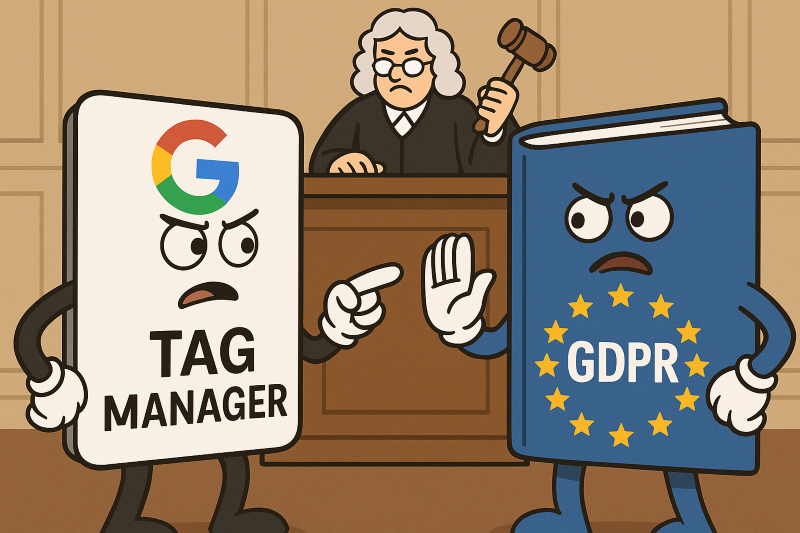Category: GDPR
GTM in violation of the GDPR
A court in Hanover, Germany, has ruled that the use of Google Tag Manager (GTM) violates the GDPR. This decision caught my attention because it does not concern a measurement or marketing platform, but GTM, which is supposed to be an “impartial trigger” for marketing codes. What exactly was the issue? And what impact will…
Written by



